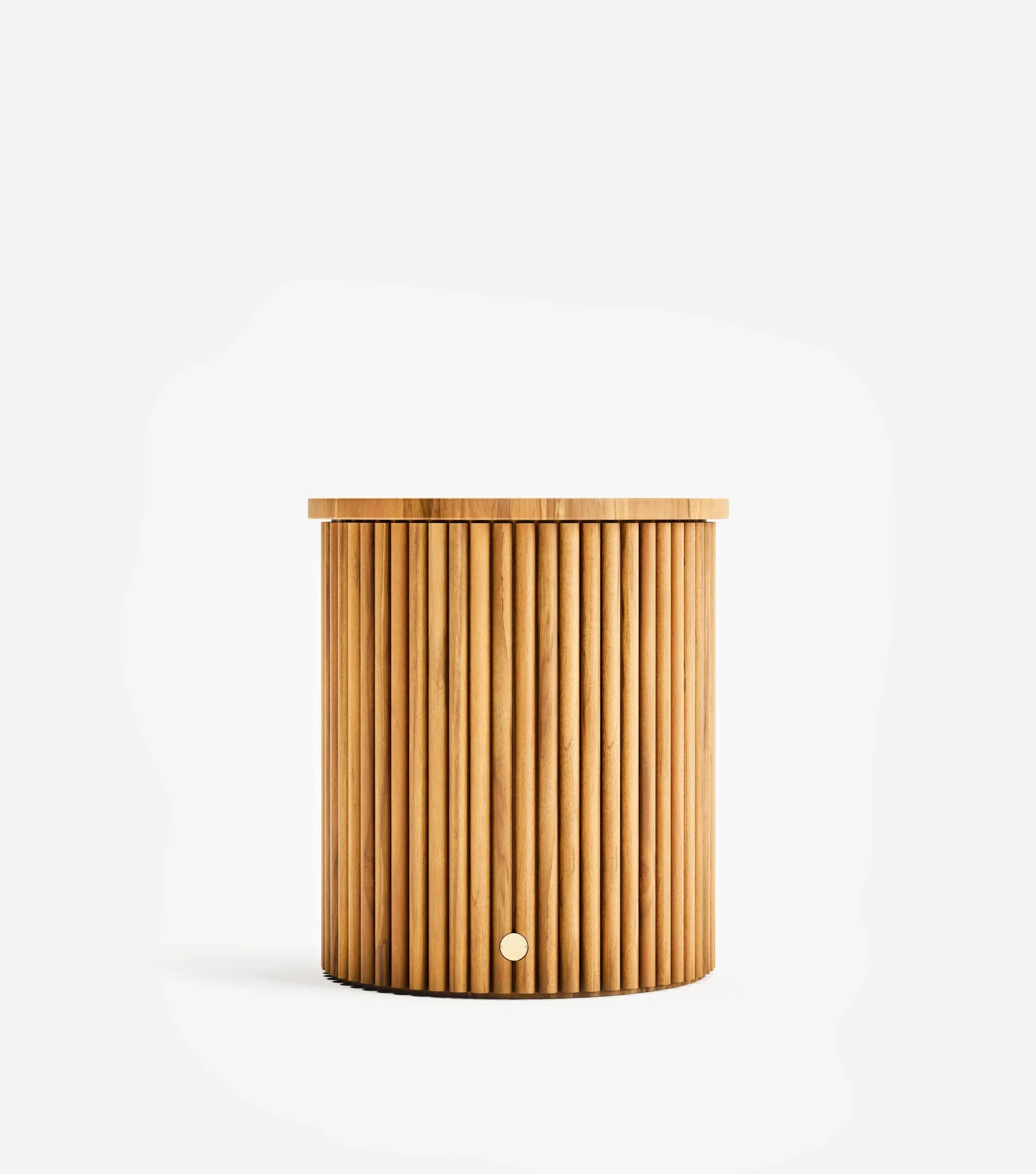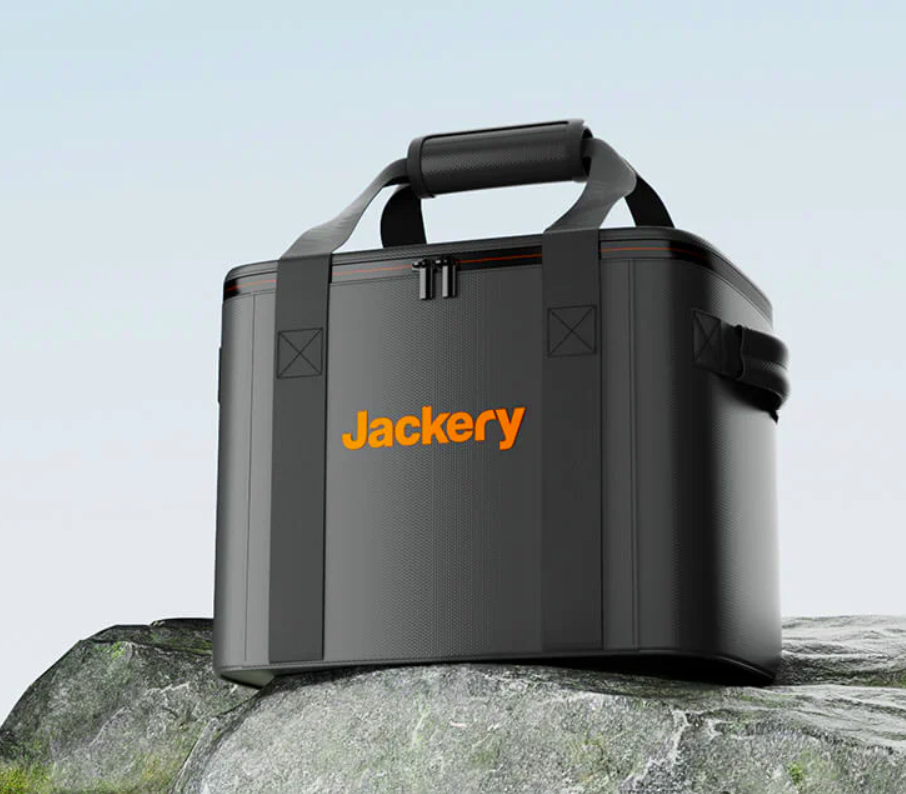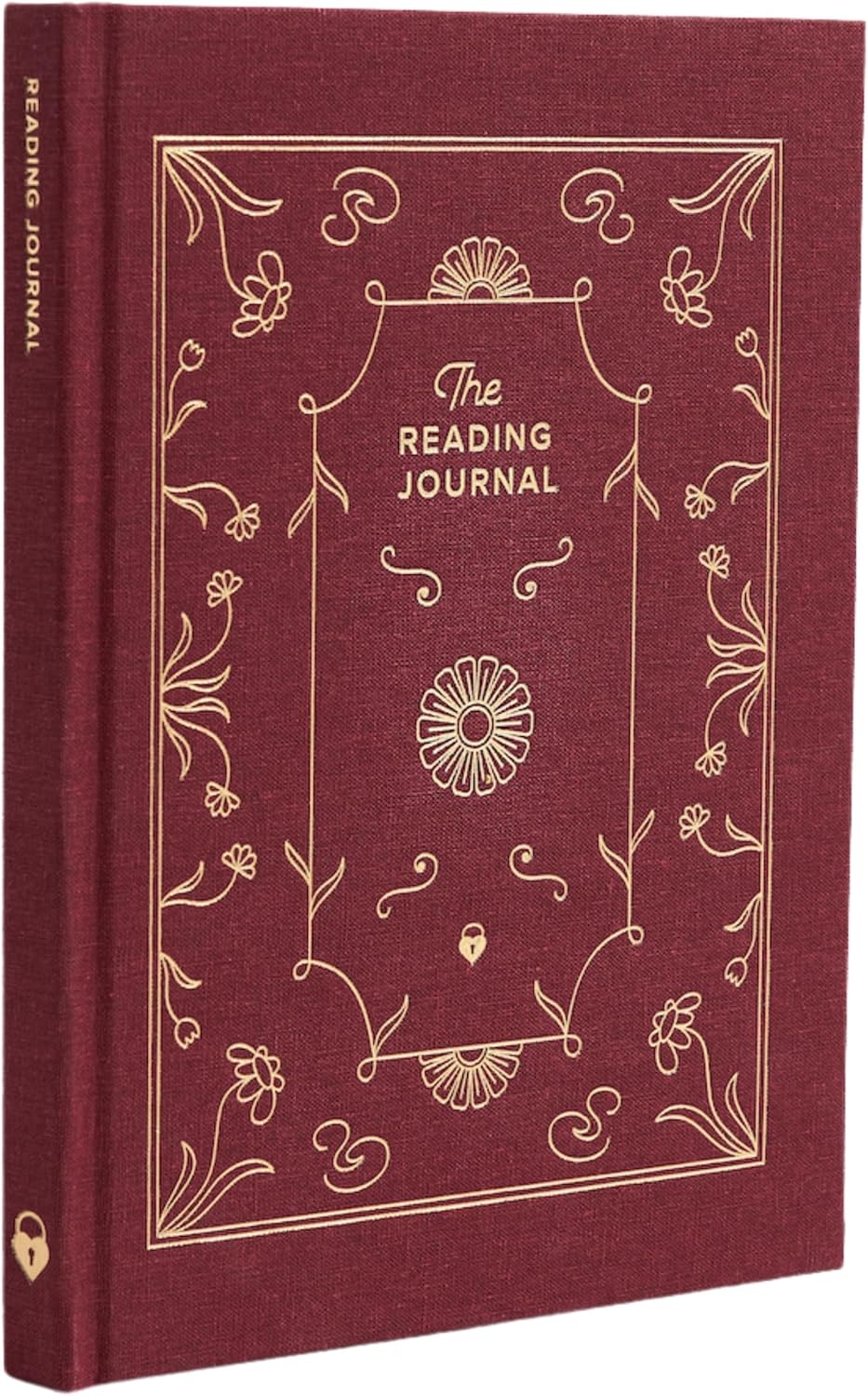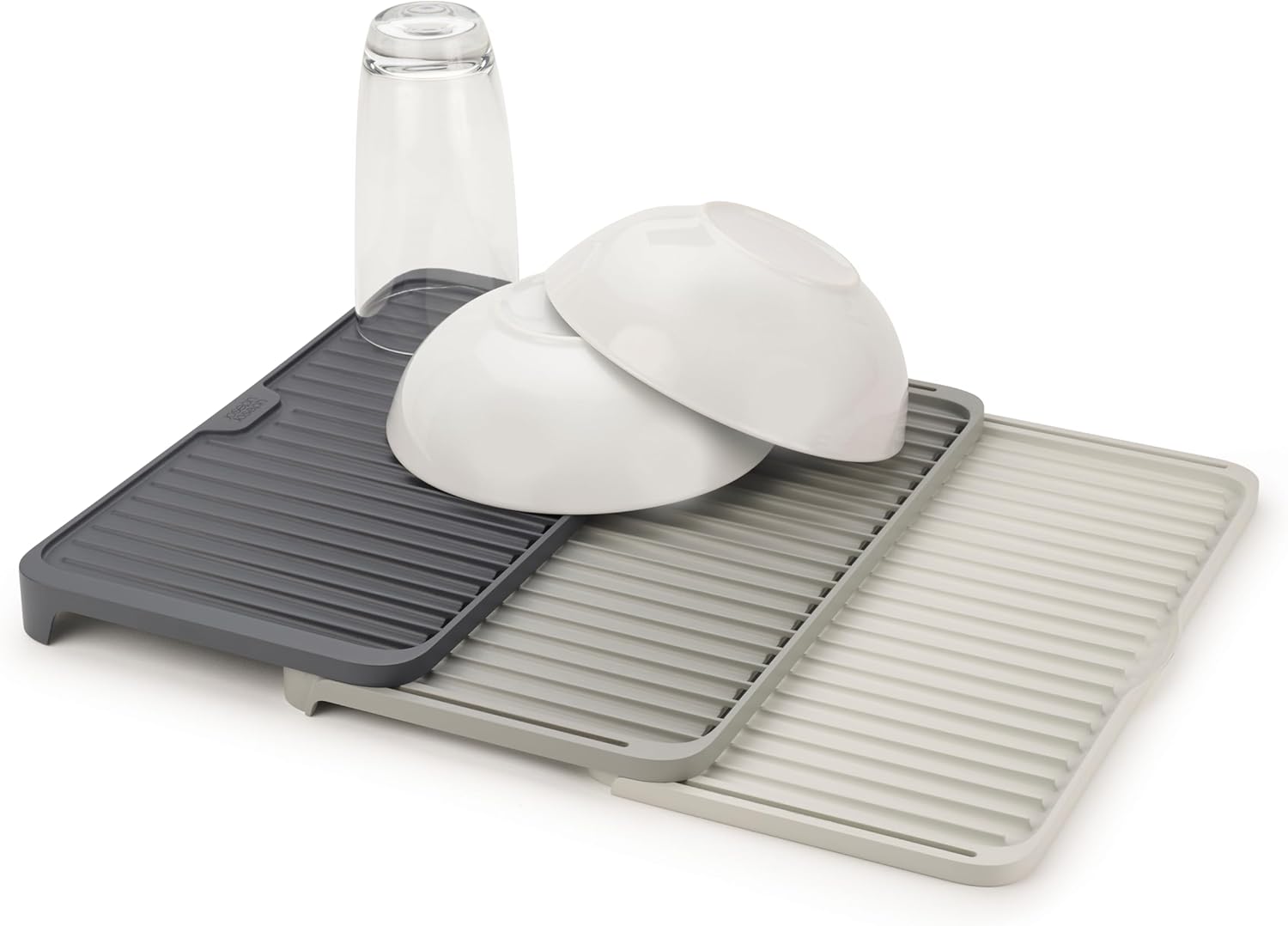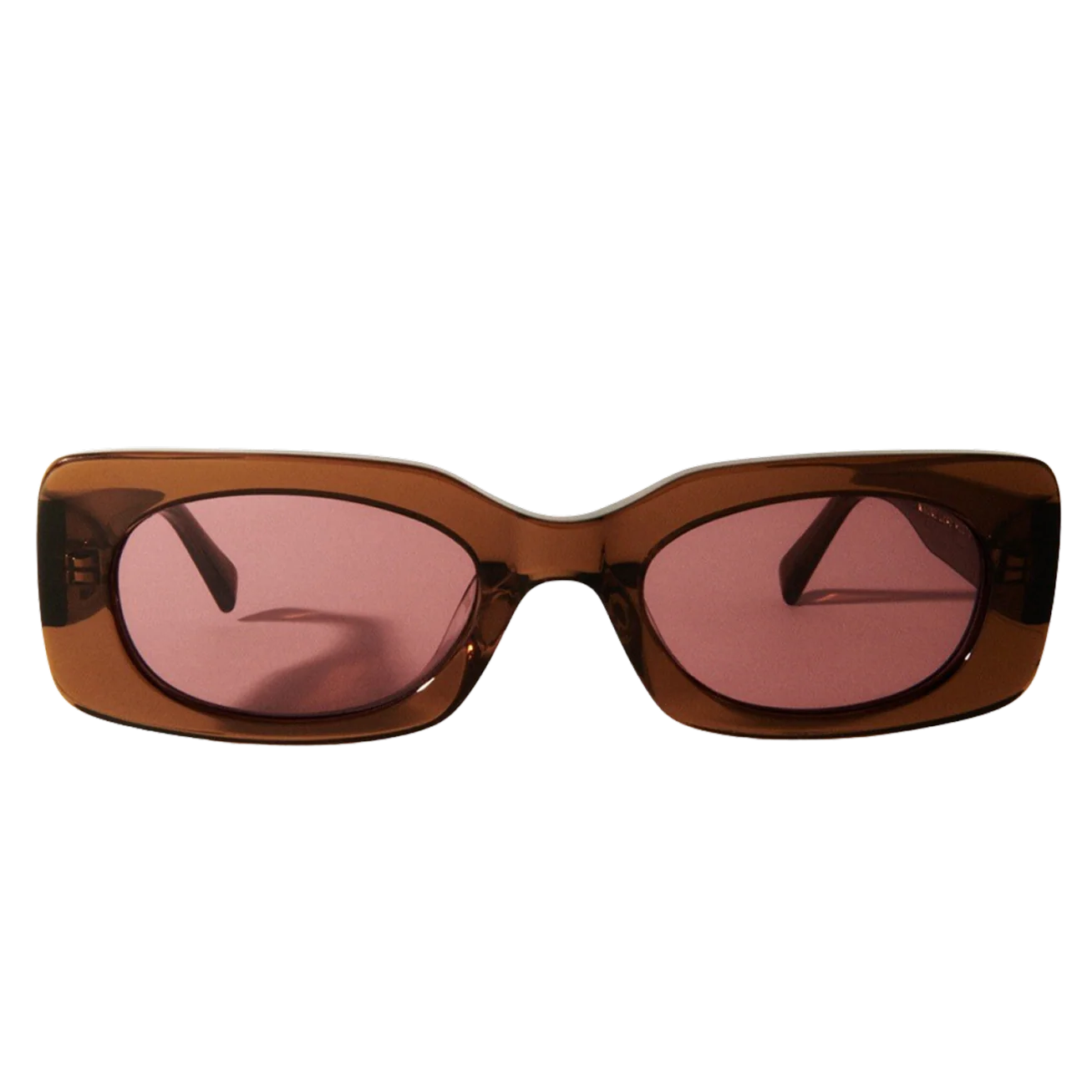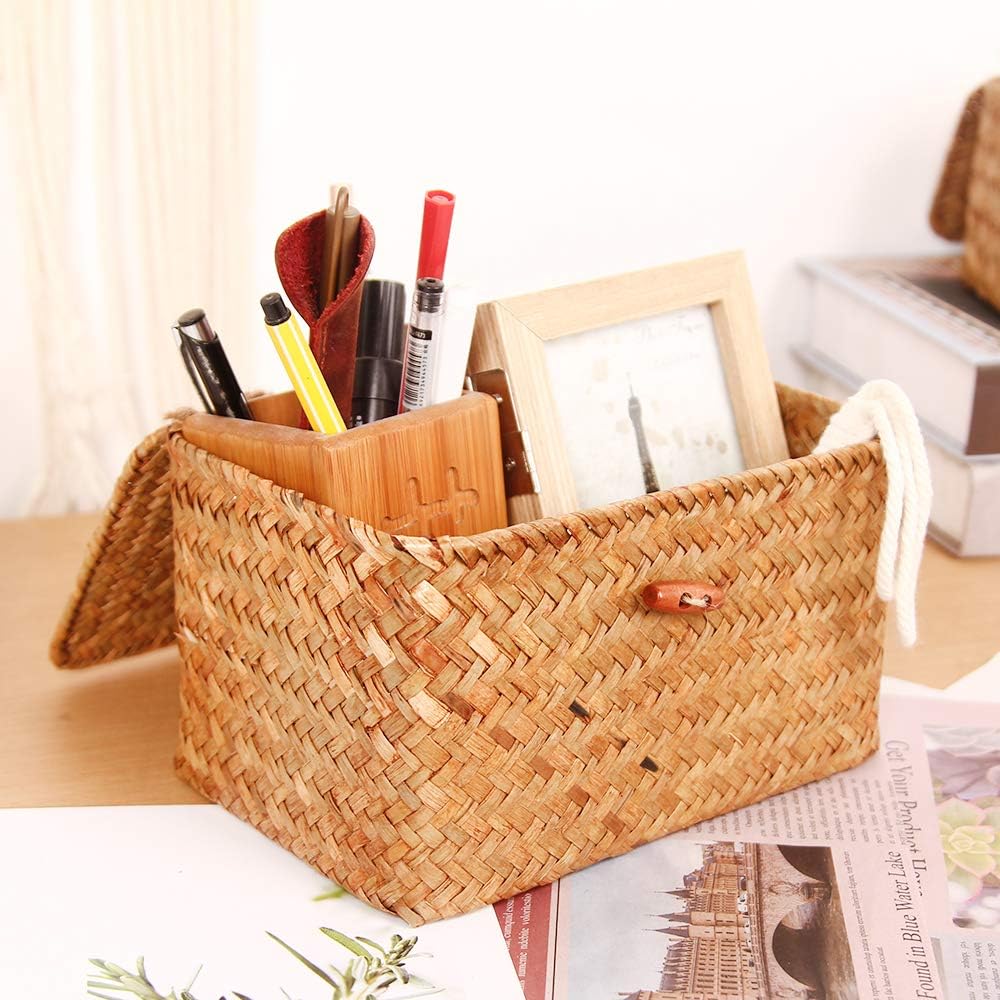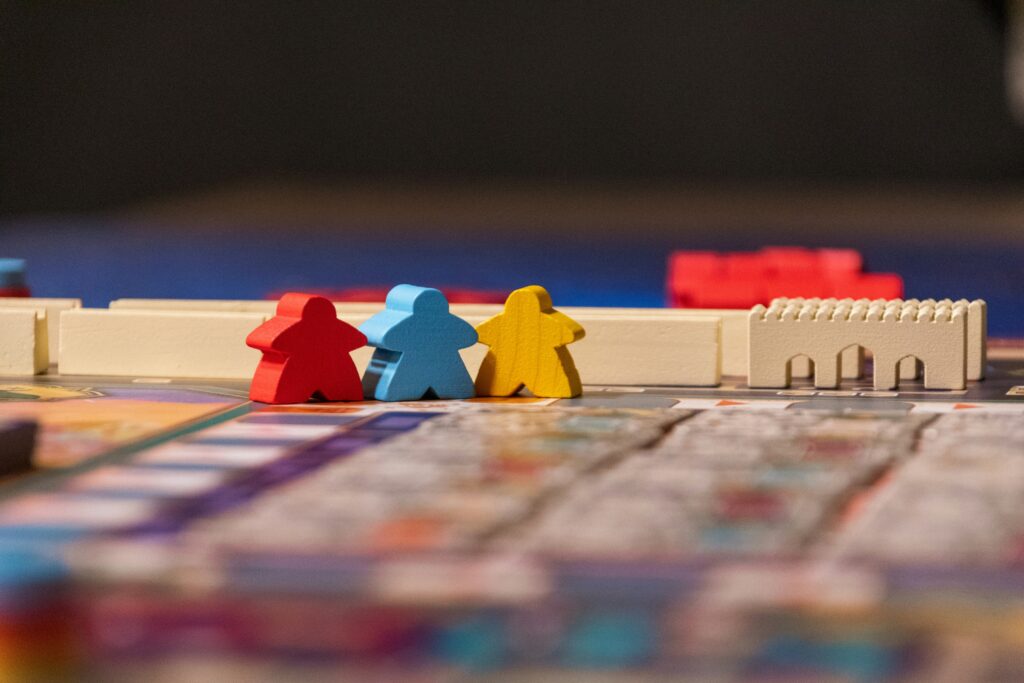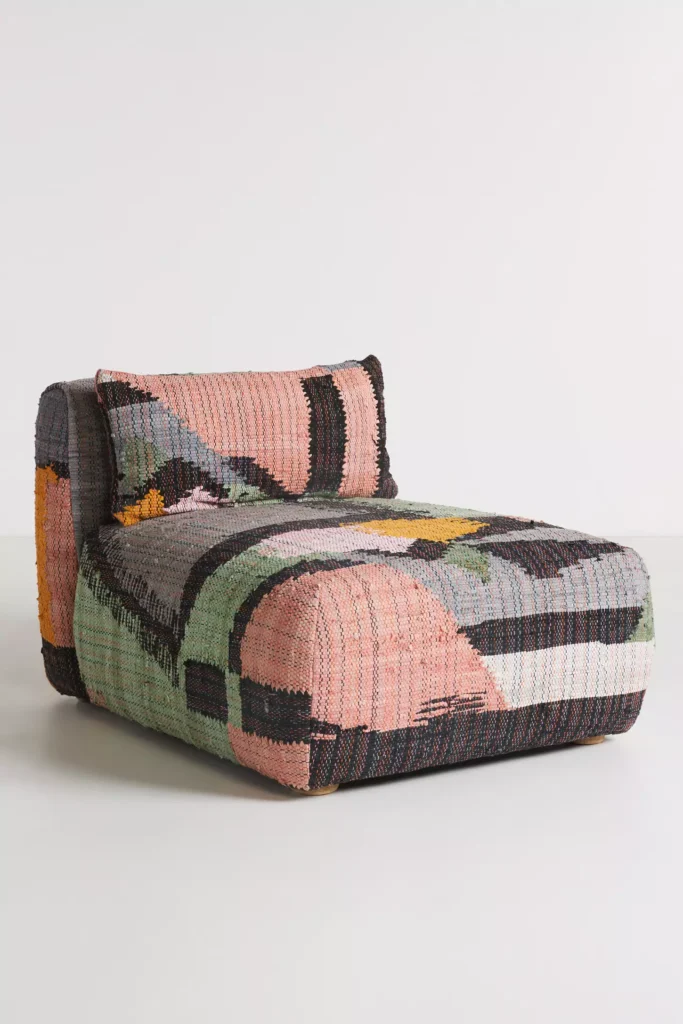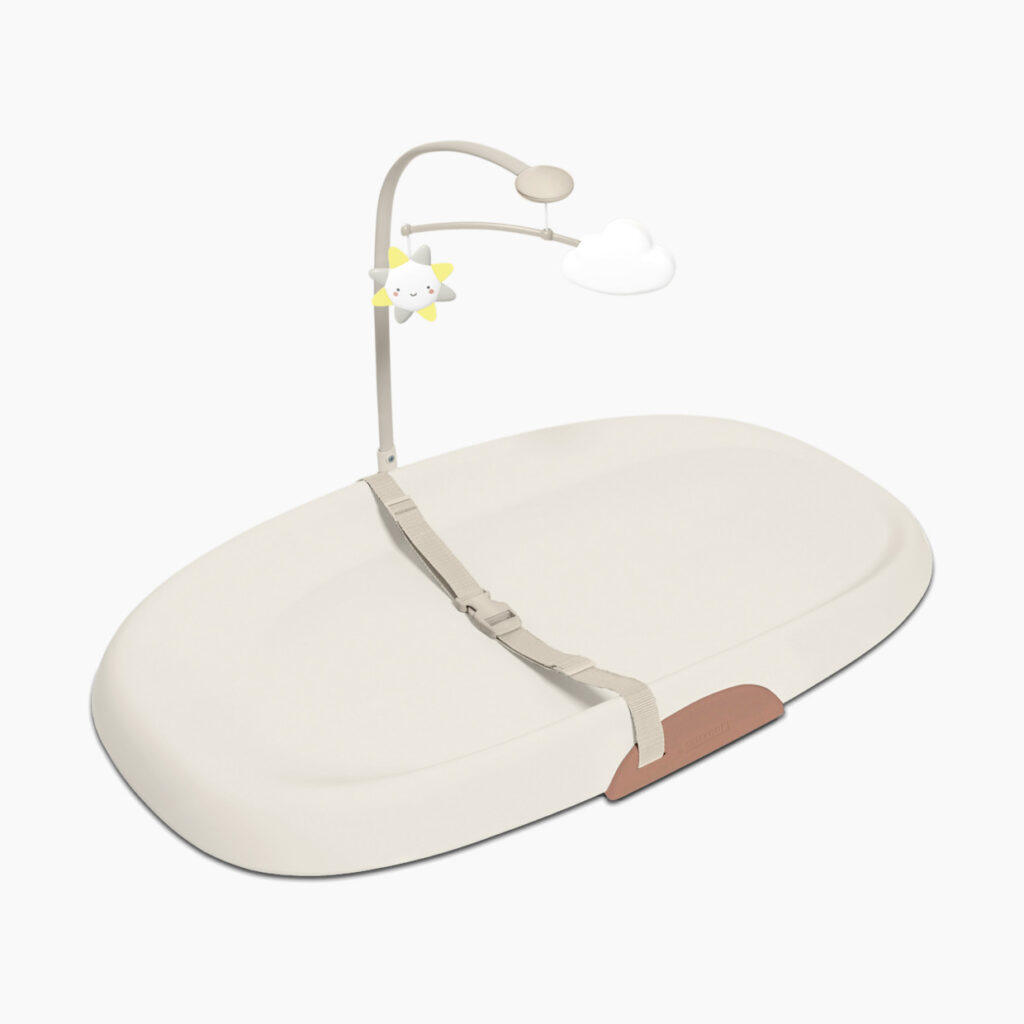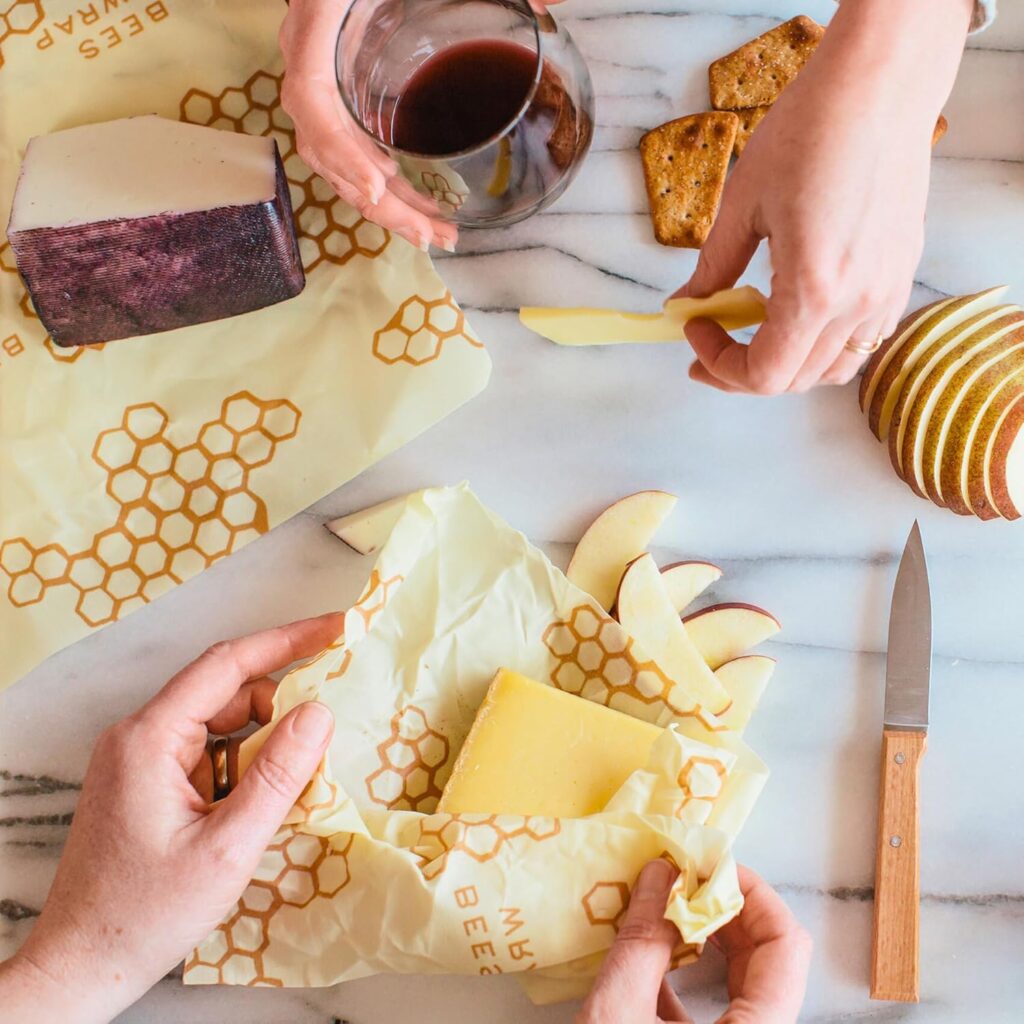A great side table is like punctuation for a room—small in size, outsized in impact. It anchors lamps, corrals remotes, gives your coffee a home, and finishes corners that would otherwise feel unfinished.
In this article, we’ll break down where a side table does its best work, how to match heights and finishes, what to place on top (and what to skip), and how to care for wood so it looks rich for years. We’ll use the Granada Side Table as our reference point: a sculptural, solid-wood accent that reads modern yet warm and adapts to living rooms, bedrooms, hallways, and even plant vignettes.
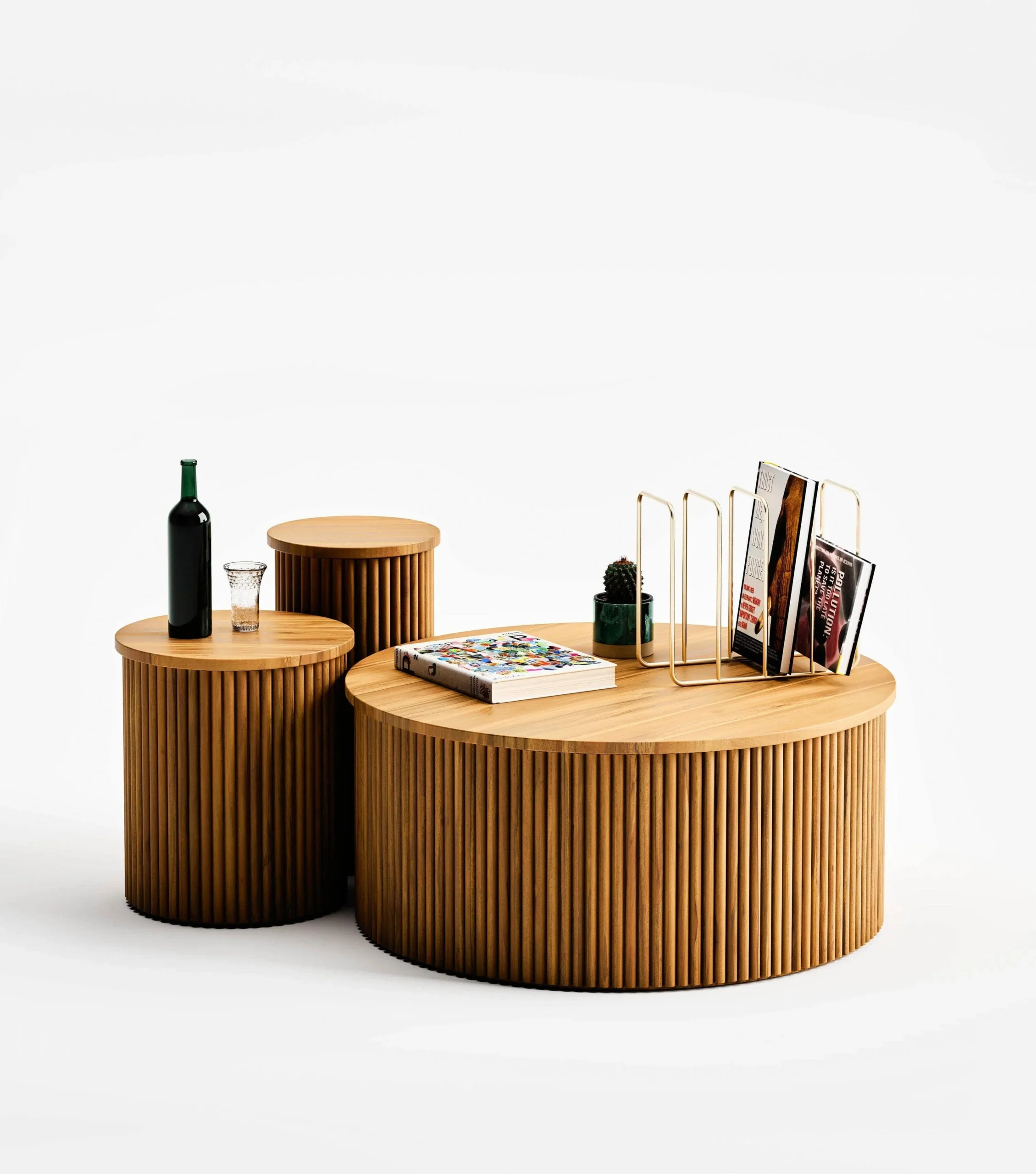
Why a Sculptural Side Table Wins in Modern Rooms
Contemporary spaces tend to be heavy on rectangles—sofas, media consoles, rugs. A sculptural wood table cuts through that geometry with movement and warmth. The Granada Side Table brings a grounded, artisan vibe that contrasts beautifully with sleek upholstery or metal lighting. Because it’s compact, you can float it easily to “finish” a seating cluster or tuck it near a reading chair without interrupting circulation. In small rooms, it’s the easiest way to inject character without committing to larger furniture.
Height & Proportion: Your Two-Number Fit Check
Side tables work best when they meet your hand naturally, not when you have to reach up or down awkwardly. Use two quick checks:
- Seat-to-Table: The tabletop should sit roughly level with (or up to 2 inches below) the arm of your sofa or chair. This keeps drinks accessible and prevents elbow strain.
- Lamp-to-Eye Line: If you’re topping the Granada Side Table with a lamp, aim for the bottom of the shade to sit near eye level when seated, so you get task light without glare.
If your sofa arms are extra low or high, compensate with lamp scale and accessory height to keep the composition balanced.
Placement That Feels Intentional (Not Random)
- Sofa End: Slide the table to within a hand’s breadth of the arm, wire-manage the lamp cord, and keep the top 70% clear so it’s actually usable.
- Chair Pairing: Angle the table slightly toward the sitter. A small round tray helps corral items without hiding the wood grain.
- Floating in a Conversation Cluster: For sectional + lounge chair layouts, park the Granada Side Table at the corner where knees meet; it becomes a shared surface that keeps the coffee table from crowding.
- Entryway: Tuck it under a mirror with a small catchall. The wood warms up hard-floor entries in seconds.
- Beside the Bed: If you like lower bedside silhouettes, the table’s compact footprint is perfect for a lamp, book, and glass—minimal, not monastic.
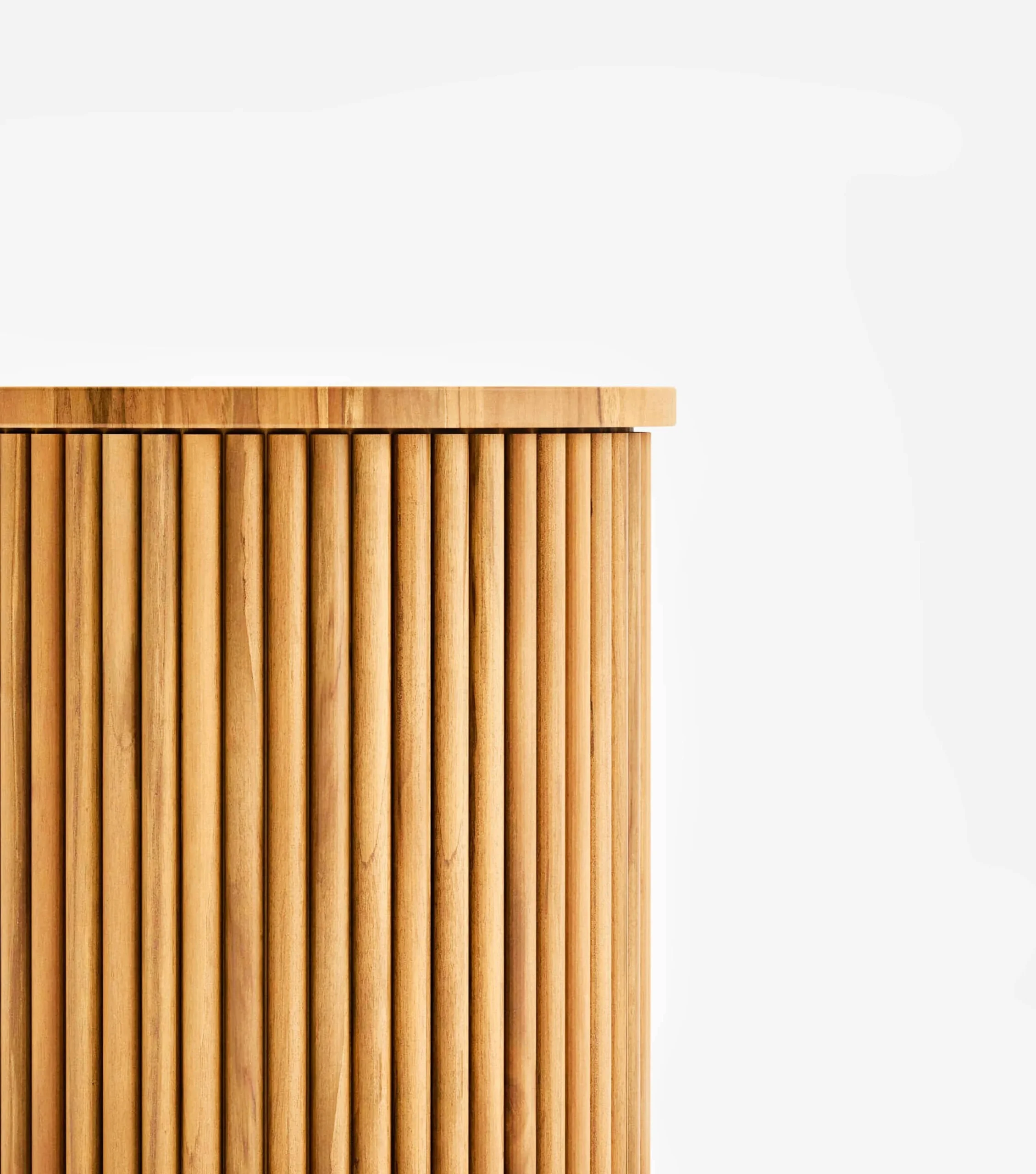
Wood Tone Playbook: Mix, Match, or Tone-on-Tone
Solid wood brings depth—but mixing tones can be tricky. Here’s an easy strategy:
- Two-Tone Rule: Pair one dominant wood (e.g., your floor or media console) with a contrasting accent wood in the table. If your floors are light oak, a medium-walnut Granada Side Table reads tailored, not matchy.
- Metal Bridge: Use a lamp with a blackened or brass stem to “translate” between different woods; metal acts like punctuation between tones.
- Texture Matters: Smooth-grain woods feel modern; visible grain adds rustic warmth. Let your table’s grain be the star—keep busy patterns on textiles, not the tabletop.
Styling the Surface: Simple, Useful, Photogenic
Let the wood breathe. Aim for one anchor + one utility + one living element:
- Anchor: A lamp, small sculpture, or stacked books (two is enough).
- Utility: A coaster set or a small tray for remotes/keys.
- Living Element: A petite plant, branch in a bud vase, or seasonal flowers.
Keep negative space; your coffee still needs to land somewhere.
Lighting That Flatters Wood
Wood looks best under warm light (2700–3000K). A fabric or opal glass shade diffuses hotspots and shows the table’s figure without harsh glare. If you’re creating a reading corner, set a dimmer or use a smart bulb to shift from task to ambient. Pull the lamp 1–2 inches off-center; asymmetry keeps the vignette from feeling hotel-y.
The Plant Stand Role (And How to Avoid Water Rings)
The Granada Side Table excels as a plant pedestal because the solid top focuses attention upward. To protect the finish:
- Use a waterproof saucer that’s slightly larger than the pot base.
- Add felt bumpers under the saucer to allow airflow.
- Water in the sink when possible; return the plant dry to the table.
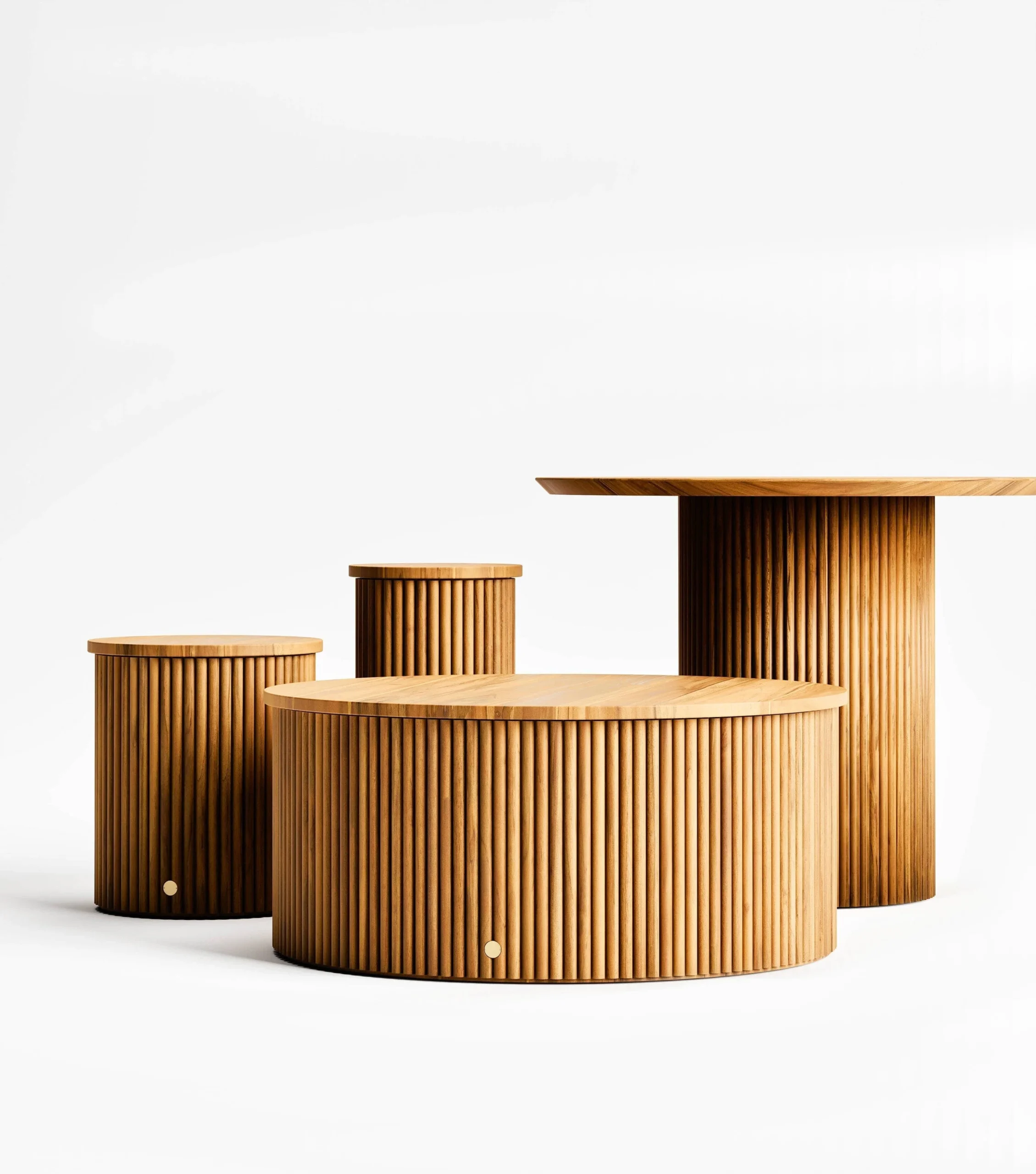
One Hybrid Block (Checklist + Guidance): 7-Minute Styling Sprint
- Place: Slide the table to hand’s reach of your seat; rotate 5–10° for interest.
- Light: Add a warm lamp; check shade height at eye level.
- Anchor: Stack two books or add a small sculptural object.
- Utility: Drop a tray or coaster; hide remotes inside if lidded.
- Life: Add greenery or a bud vase for movement.
- Cord: Route the lamp cord behind the leg, secure with a clear clip.
- Edit: Remove one item; let the wood show.
Small Space & Apartment Tricks
Use the table as a mobile surface: between sofa and reading chair by day, beside the pull-out guest bed at night. Felt pads under the feet make repositioning silent. In studio apartments, a pair of Granada Side Tables can replace a single bulky coffee table—leave 18 inches of legroom around each and bring them together for game night.
Care & Maintenance: Keep the Finish Glowing
Solid wood is resilient if you treat it right:
- Daily/Weekly: Dust with a soft, dry cloth. Avoid paper towels (they’re abrasive).
- Spills: Blot immediately; water is harmless if it doesn’t sit.
- Heat: Use coasters under hot mugs; heat can ghost a finish.
- Sun: Rotate accessories occasionally to keep color even if the table sits by a sunny window.
- Seasonal: Wood moves with humidity. A 40–55% indoor range keeps tops flatter; add a humidifier in dry winters if you run hot air.
Pairing Recipes That Always Work
- With a Low, Modern Sofa: Choose a rounded lamp and a linen shade; add a slim metal tray to nod to the sofa’s metal legs.
- With a Slipcovered Sofa: Layer a nubby throw on the arm nearby; a ceramic lamp base echoes the table’s earthiness.
- With Leather Chairs: The table’s wood grain softens leather’s slick sheen; add a matte-black object to bridge tones.
- With Metal/Glass Coffee Tables: The Granada Side Table becomes the warm counterpoint—keep accessories minimal so the contrast reads intentional.
Entryway & Hallway Use: Small Footprint, Major Polish
Narrow hallways love a compact wood accent. Pair the table with an oval mirror and a shallow tray for keys. A small bowl for pet leads or earbuds keeps clutter contained. If your entry opens straight into the living area, a single Granada Side Table with a tall branch arrangement visually “sets” the threshold without blocking flow.
Troubleshooting: Fast Fixes for Common Snags
- Feels too low or high next to the sofa? Adjust lamp height first; if the mismatch still bothers you, add a slim book stack (≤1.5″) or swap to a lower-profile lamp to bring the sightline into balance.
- Top looks cluttered? Remove one category (e.g., books), keep anchor + utility + living element only.
- Grain fights your rug pattern? Dial down tabletop pattern—use plain ceramics and a single-stem vase.
- Wobbly on thick rugs? Add discreet shims or felt; ensure the rug pad extends beneath the table for stability.
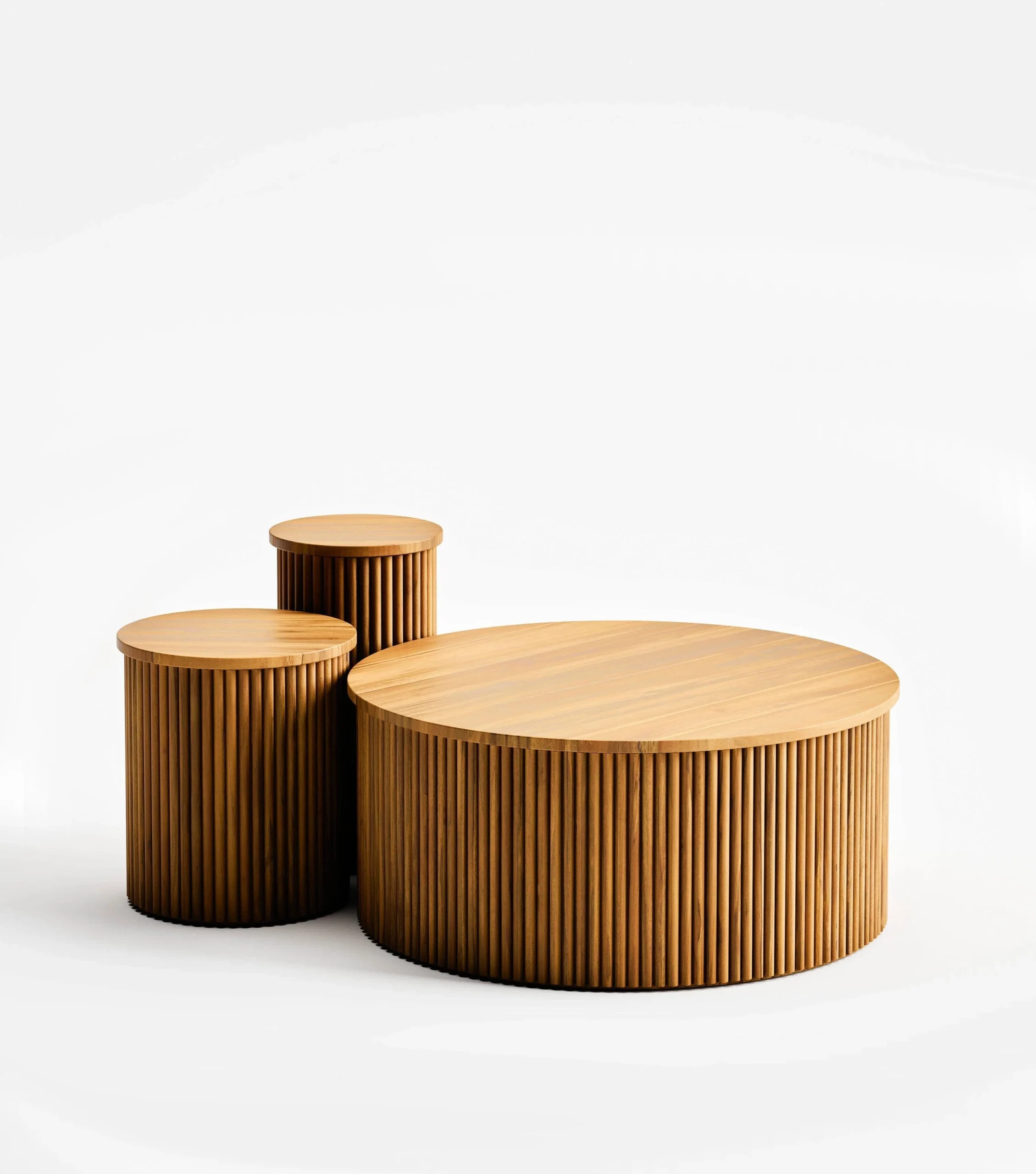
Conclusion
Small in footprint, big in effect—the right side table can make your room feel finished, functional, and warm in a single move. Start with height and placement, style with restraint (anchor + utility + life), and let wood grain do the heavy lifting for character. Keep lighting warm, protect the finish with simple habits, and move the piece as your layout evolves; versatility is the Granada Side Table’s superpower. When you treat it as a sculptural tool—not just a surface—you’ll find that every seat is better, every corner reads intentional, and your home feels more put together every day.
FAQ
- What’s the ideal height for a side table next to a sofa or chair?
Aim for level with the arm or up to 2 inches below. It keeps drinks and lamps within comfortable reach. - How do I style the top without cluttering it?
Use the “anchor + utility + living element” rule: lamp or books, a tray or coaster, and a plant or bud vase—then stop. - Can the Granada Side Table work as a bedside?
Yes—if you like a minimalist bedside. Pair with a medium lamp, a small tray for glasses, and keep cable routing tidy. - How do I protect the wood from water rings and heat?
Coasters for hot mugs, saucers for plants, blot spills immediately, and avoid leaving damp items on the top. - Will mixed wood tones clash with my floors?
Not if you add a metal or ceramic “bridge” (lamp base, vase) and keep one tone dominant. Contrast reads curated. - What kind of light bulb flatters wood grain?
Warm white (2700–3000K) softens shadows and enriches the table’s figure; dimmable bulbs give you task-to-ambient flexibility. - Can I use two side tables instead of a coffee table?
Absolutely. Space them about 18 inches from seating edges and bring them together when you need a larger surface. - How do I keep the table steady on a thick rug?
Extend a rug pad beneath the footprint, add felt pads, and shim subtly if needed to counter pile height.

